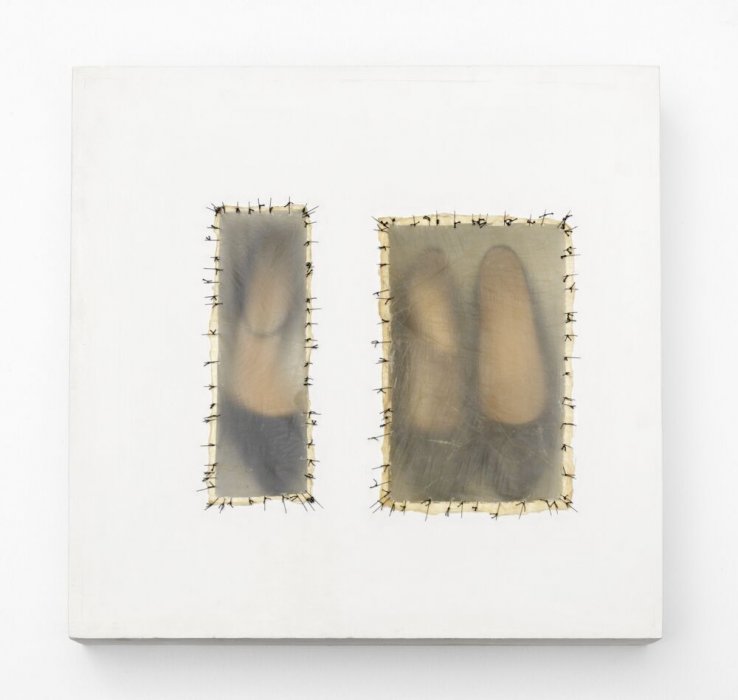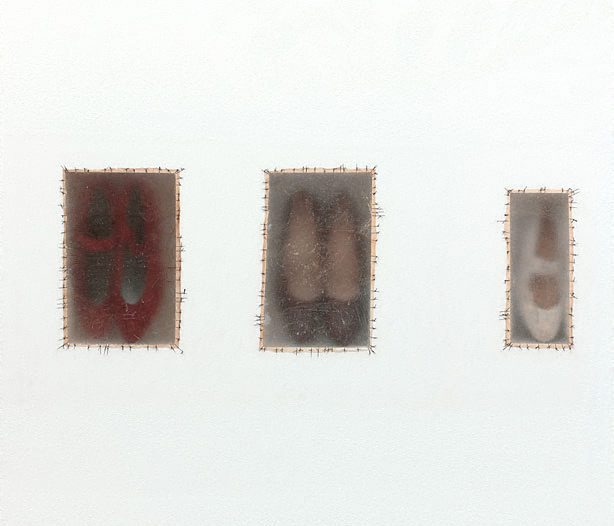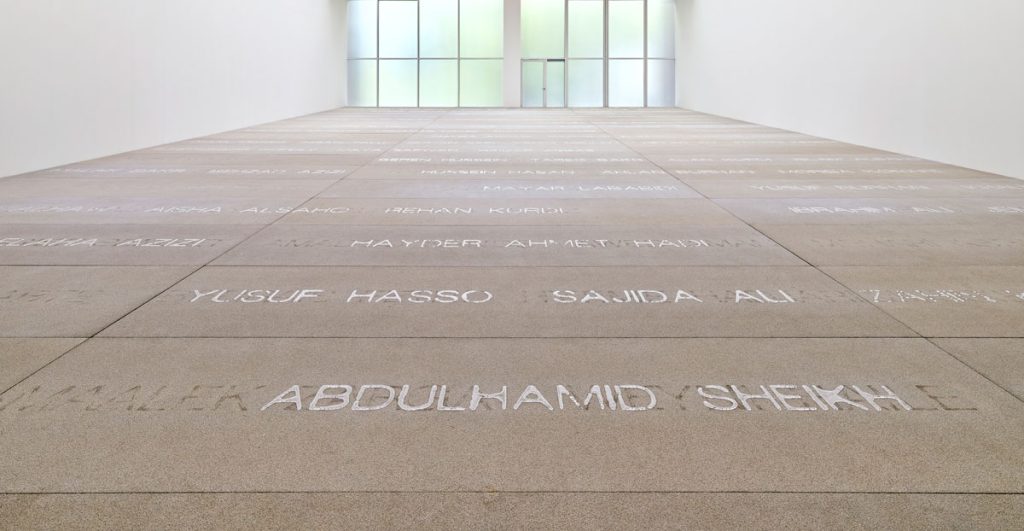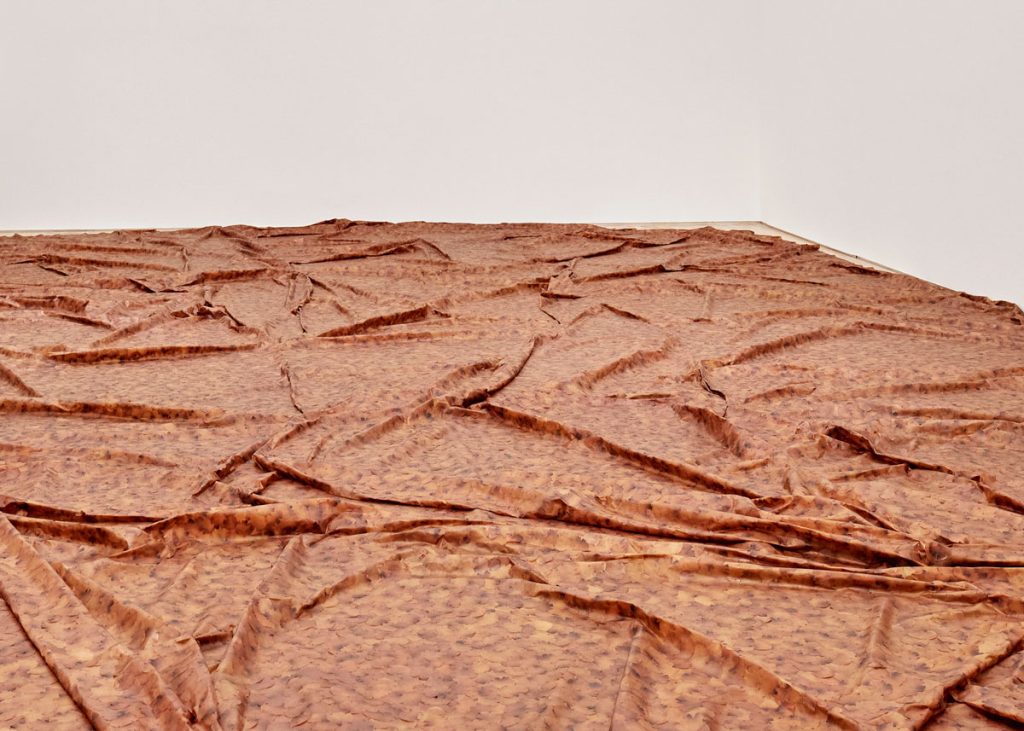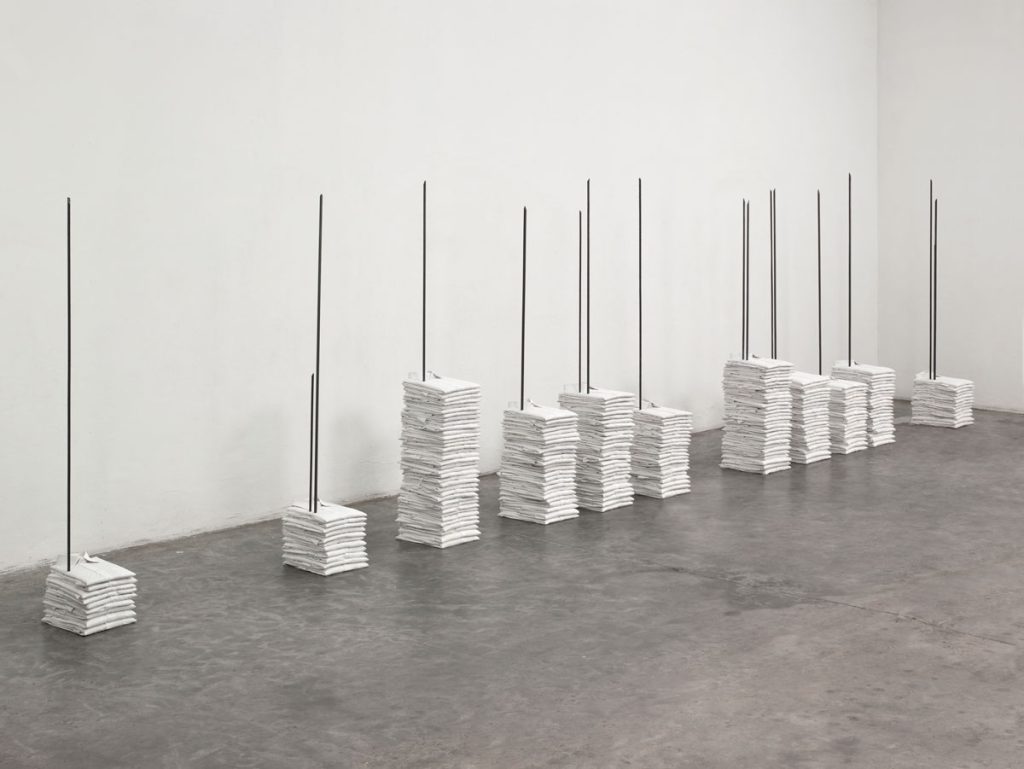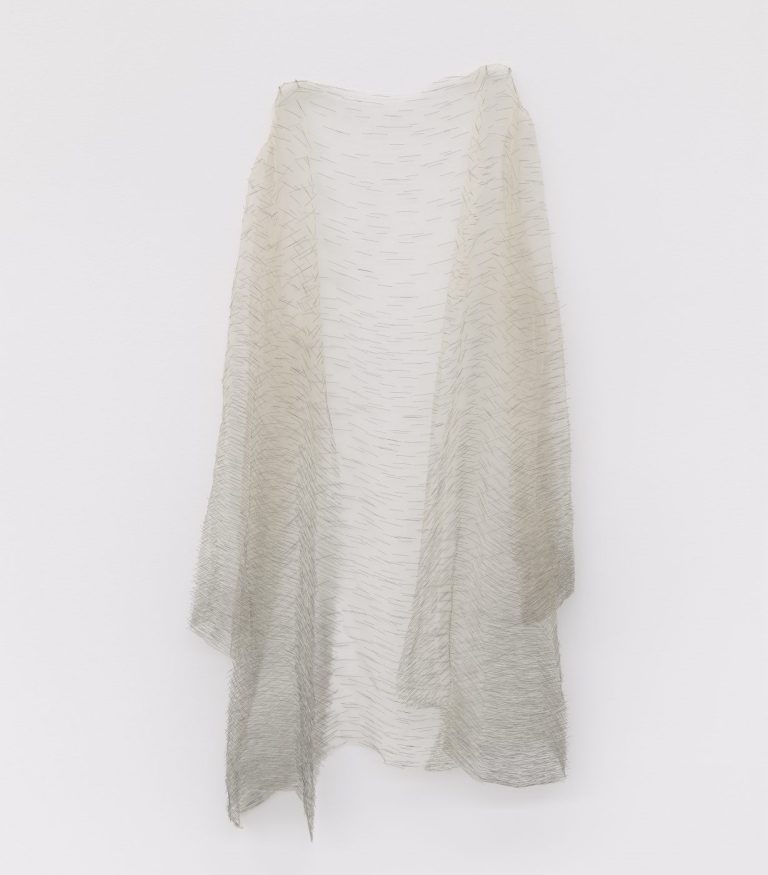Doris Salcedo is a Colombian multidisciplinary artist known for her work exploring memory, loss, and violence experienced by traumatized people. This summer, the Fondation Beyeler presented her first solo exhibition in Switzerland, conceived in collaboration with the artist and her own studio. The exhibition featured a major series of works, providing an insight into Doris Salcedo’s art.
Salcedo’s practice explores complex themes such as empathy, mourning, and memory in the context of violent conflict. The human consequences of criminal or political violence are evident in the artist’s installations. Doris Salcedo uses various techniques and materials, including wooden furniture, clothing, glass, cement, plants, and hair. One of the highlights of the exhibition was the series Atrabiliarios. This is one of the artist’s earliest and most powerful depictions of violence, suffering, and loss. The title refers to a Latin expression describing the melancholy associated with mourning. Pairs of shoes are inserted into a recess in the wall. These recesses are covered with stretched cow’s bladder and sewn to the wall with surgical thread. The pairs of shoes have belonged to people who have disappeared, most of them women. This work refers the viewer to historical practices that are common in Colombia and that took place during the internal conflict between paramilitary and guerrilla forces in the 1980s. Although their personal stories are not revealed, the reliquary-like display emphasizes the special significance of each individual.
There was another significant work by Salcedo that was a reference to the absence of the person in order to disappear. A tribute to the countless immigrants who have drowned in the Mediterranean, the installation Palimpsest. A large museum space with nothing on the walls seemed empty. But there was something much more important on the floor. Water slowly bubbled under the floor, took the form of letters, and disappeared.
